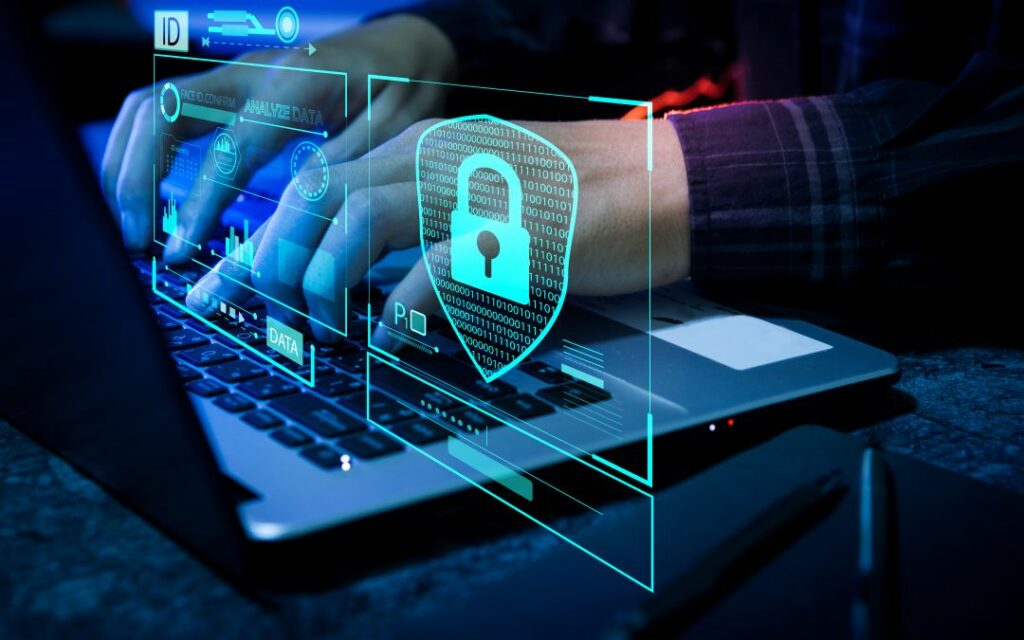Navigating the Cybersecurity Landscape: How to Strengthen Your Digital Defenses

In an era defined by digital connectivity, the importance of cybersecurity cannot be overstated. As technology continues to advance, so do the threats that jeopardize our digital existence. This comprehensive guide aims to navigate the vast cybersecurity landscape, providing individuals and organizations with actionable strategies to fortify their digital defenses. From understanding common threats to implementing robust security measures, this guide covers essential aspects of cybersecurity to ensure a resilient defense against cyber threats.
I. Understanding the Cybersecurity Threat Landscape
A. Identifying Common Cyber Threats
1. Malware Attacks
Explore the various forms of malware, including viruses, worms, and ransomware. Understand how these malicious programs infiltrate systems and compromise data integrity.
2. Phishing and Social Engineering
Delve into the tactics employed by cybercriminals through phishing emails and social engineering. Learn to recognize and avoid falling victim to deceptive online schemes.
3. DDoS Attacks
Examine Distributed Denial of Service (DDoS) attacks and their impact on disrupting online services. Understand mitigation strategies to minimize the impact of such attacks.
4. Insider Threats
Explore the risks associated with insider threats, where individuals within an organization pose security risks intentionally or unintentionally. Implement measures to mitigate insider threats.
B. Recognizing the Importance of Cyber Hygiene
1. Password Management
Understand the significance of strong, unique passwords and the use of multi-factor authentication. Implement password management best practices to enhance overall security.
2. Software Updates and Patch Management
Recognize the importance of timely software updates and patches to address vulnerabilities. Establish a robust patch management process to ensure system integrity.
3. Secure Wi-Fi Practices
Explore best practices for securing Wi-Fi networks, including strong encryption, unique passwords, and the regular update of router firmware.
II. Building a Robust Cybersecurity Infrastructure
A. Deploying Antivirus and Anti-Malware Solutions
Choose and implement reputable antivirus and anti-malware solutions to safeguard against malicious software. Regularly update and conduct scans to ensure comprehensive protection.
B. Firewall Configuration and Network Security
Configure firewalls to monitor and control incoming and outgoing network traffic. Implement network segmentation to enhance security and isolate potential threats.
C. Encryption for Data Protection
Explore the role of encryption in securing sensitive data both in transit and at rest. Implement encryption protocols to safeguard information from unauthorized access.
D. Incident Response and Disaster Recovery
Develop a comprehensive incident response plan to address security incidents promptly. Establish disaster recovery measures to ensure business continuity in the event of a cybersecurity incident.
III. Employee Training and Awareness
A. Cybersecurity Training Programs
Initiate regular cybersecurity training programs for employees to raise awareness of potential threats and reinforce security best practices.
B. Creating a Culture of Security
Foster a culture of security within the organization, emphasizing the shared responsibility of every individual in maintaining a secure digital environment.
IV. Cybersecurity Governance and Compliance
A. Regulatory Compliance
Understand and adhere to cybersecurity regulations and compliance standards relevant to your industry. Ensure that your organization complies with legal and regulatory requirements.
B. Risk Assessment and Management
Conduct regular risk assessments to identify potential vulnerabilities and assess the impact of cyber threats. Implement risk management strategies to prioritize and mitigate identified risks.
V. Advanced Cybersecurity Measures
A. Intrusion Detection Systems (IDS) and Intrusion Prevention Systems (IPS)
Deploy IDS and IPS solutions to detect and prevent unauthorized access, anomalies, and malicious activities within the network.
B. Security Information and Event Management (SIEM)
Implement SIEM solutions to collect and analyze security data from various sources, enabling real-time threat detection and response.
C. Endpoint Security
Strengthen endpoint security by deploying advanced solutions that protect individual devices from malware, ransomware, and other threats.
VI. Continuous Monitoring and Improvement
A. Security Audits and Assessments
Conduct regular security audits and assessments to evaluate the effectiveness of existing security measures and identify areas for improvement.
B. Incident Post-Mortems
Analyze and document incidents through post-mortem assessments to derive insights and enhance future incident response strategies.
VII. Collaborating with the Cybersecurity Community
A. Information Sharing and Threat Intelligence
Participate in information-sharing initiatives and leverage threat intelligence to stay informed about emerging cyber threats and vulnerabilities.
B. Engaging with Cybersecurity Forums and Conferences
Actively engage with cybersecurity communities, forums, and conferences to exchange knowledge, stay updated on industry trends, and collaborate with experts.
Conclusion
Navigating the cybersecurity landscape requires a proactive and comprehensive approach to safeguarding digital assets. By understanding the evolving threat landscape, implementing robust security measures, and fostering a culture of security, individuals and organizations can significantly reduce the risk of falling victim to cyber threats. The journey to strengthening digital defenses is an ongoing process that demands continuous monitoring, adaptation to emerging threats, and collaboration with the broader cybersecurity community. As technology advances, embracing a holistic cybersecurity strategy becomes paramount, ensuring a resilient defense against the ever-evolving challenges in the digital realm. Together, let us fortify our digital defenses and contribute to a safer and more secure cyberspace.




